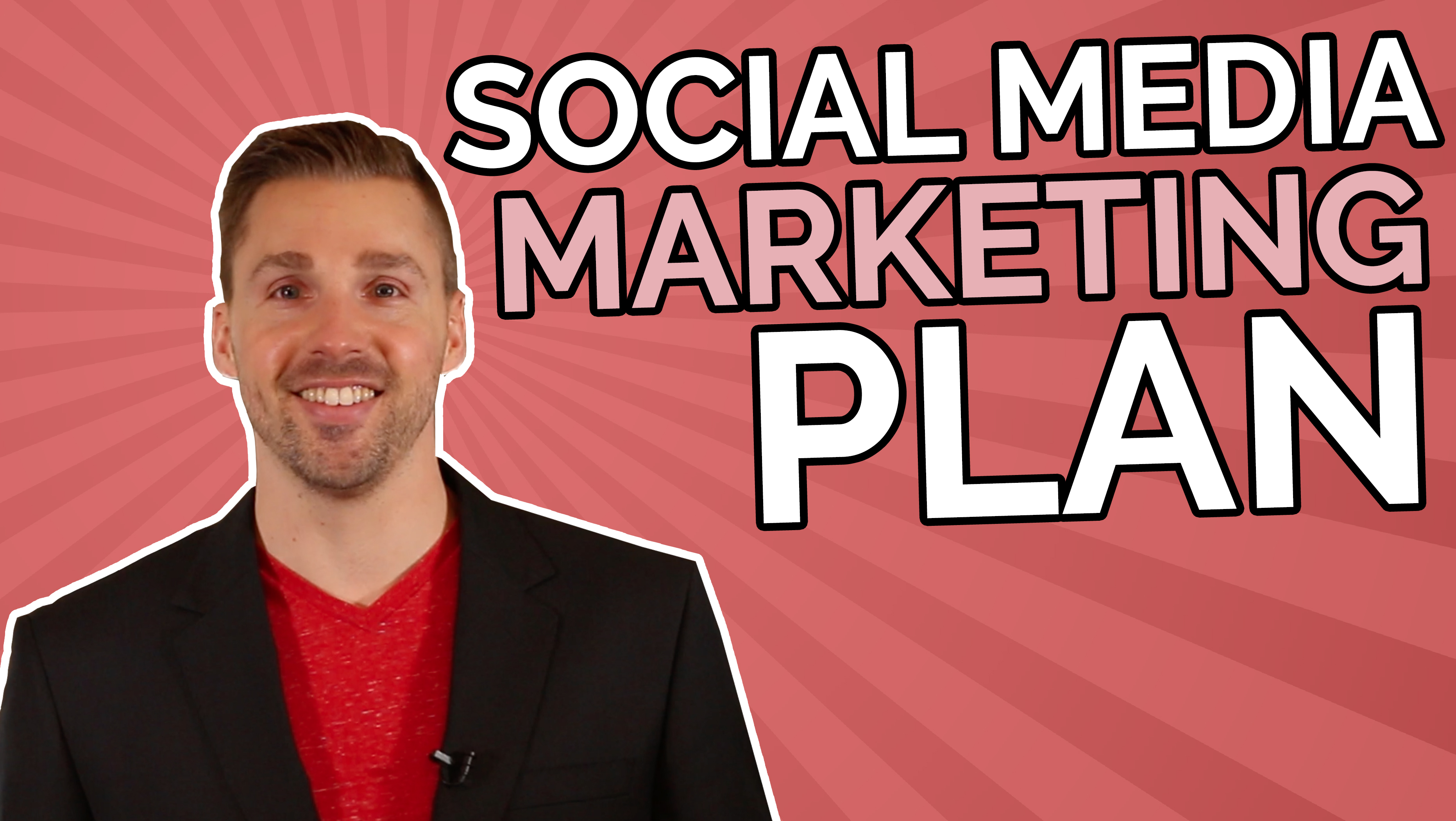Social Media Marketing Plan
So you’ve made the commitment to formally start looking at social media as a genuine marketing tool. You know that’s where your customers are, have read the statistics, and are ready to dive in.
You’ve signed up for a Facebook business page, you’ve got a company Twitter account, you’re on LinkedIn, and you’ve placed links to your social media platforms from your website.
So what now?
Well as the saying attributed to Alan Lakein goes:
“Failing to plan is planning to fail.”
So let’s make a plan.
A social media marketing plan is like a mini-marketing plan. Depending on whether or not you already have in place a company wide marketing plan will dictate the level and detail of the social media marketing plan.
So for the sake of clarity, let’s assume you already have a marketing plan and are looking to add another weapon to your marketing arsenal.
Step 1) Current Analysis – Where are you now?
The first step is to identify what you’re already doing, and what platforms you’re on. From here you can decide where you want to go.
Do you already have a few accounts set-up? Do they have customized headers and branding? Do you have any followers or “likes”?
This is valuable to list out as it may cut down on work later – both in initial setup, and in the possible decision to abandon a platform or two.
Step 2) Competitor Analysis – Where are they now?
While it’s often a good idea to lead rather than follow, it’s still prudent to be aware of what the competition is doing. Making a list of competitors and their current social media usage can indicate 1 of 2 things.
First, if they’re doing it well, you can prove that customers really are interested in these social media platforms.
Second, if they’re not doing it well, it gives you an opportunity to provide a service not currently offered.
Step 3) Goals – Where would you like to be?
This is important to prevent 3 hour marathon Facebook sessions that provide little or no value.
Is your goal to increase brand awareness? Drive traffic to your website? Build social authority?
Each goal comes with it’s own set of specific tactics and time requirements. It’s ok to play around on social media for fun, but as Ben Franklin says, “never confuse motion with action.”
Step 4) Strategy – How are we going to do this?
Given the goals set in the previous step, how are you going to achieve these?
A few common social media strategies include:
- Listening (using Google Alerts and a program called Mention to highlight when your brand or name is used online)
- Engaging – Will you respond to comments (you should) seek to encourage participation? Comment on others sites and pages?
- Influencing – Does your brand have a position in the market place, or something it stands for? Do you have a particular view of your industry you could share?
- Contributing – Content marketing at its finest. This is where social media marketing really shines. When you think of social media as a communication tool, (the means, rather than the end) it allows you to understand its true power in sharing content and value to your customers.
Step 5) Target Market – Who’s going to listen?
This is where having a company marketing plan helps, but doesn’t negate the need for a separate target market evaluation.
This is because many of your target market may not be on social media, or may be on different social media platforms (Facebook use is now ubiquitous, Twitters fastest growing demographic is the 55-64 age demographic, and the majority of Pinterest users are still women)
Knowing these facts can help determine what to post, where to post, and to who.
Step 6) Implementation – It’s go time!
When most people think social media, they think Facebook, maybe Twitter, and possibly Pinterest. The truth is there are a host of tools available under the header of social media that may (or may not) be suitable for your needs.
These include:
- Blogs
- Podcasts
- Webinars
- White papers
- Ebooks
- Video (YouTube, Vimeo)
- Photo (Flikr, Instagram)
- Discussion boards (forums)
- Q&A sites (Quora)
- Mobile apps
- Location marketing (Foursquare)
You don’t need to use them all! In fact, you’re probably best to select a few and do them well. Determining which ones depends on your company and its goals.
Also, will you create content, or simply share it. If you share it, where will you get it from, and if you create it, what will it be about and who will create it? These are all things to consider when forming your social media marketing plan.
Step 7) Monitoring – How are we doing?
This is where things can get a little confusing, so we’re going to apply the KISS principle here. If you’re interested in really getting down to the nitty-gritty analytical monitoring tools there are a host of resources out there to use. Some of the better ones I have experience with are HootSuite and Sprout Social for smaller businesses. Hootsuite is around $10 a month and Sprout Social around $60, for their basic packages. I’ve used both and if you really want good detailed analytics Sprout Social is probably the way to go.
So, let’s assume you’ve looked at those and want to maybe test the water a bit before diving head first into the world of measurement.
This is where we’ll set something called a key performance indicator, or a KPI.
KPI’s are a marketing term that allow us to really identify what’s important, and then measure that. As Peter Drucker said, “what gets measured, gets managed” so this is a good opportunity to look back at our goals and see what will correspond with this.
Some example KPI’s are:
- 30% growth in number of Facebook Likes
- 20% growth in number of Twitter followers
- 20% growth in number of LinkedIn connections
- 15% growth in number of Foursquare check-ins
If you’d like a fairly easy metric to determine your audience’s engagement try the following formula (we promise, just 1 formula, then we’ll let you go on.)

Step 8) Budgeting – How much are we going to spend?
This is an important area of the social media marketing plan because contrary to popular belief, social media in a business context isn’t free.
There are costs involved with the time to set everything up, plan, and implement, as well as advanced options like monitoring and content creation and sharing.
That said, every year more and more companies move a greater amount of their budget into social media, and they’re doing this for a reason.
A typical marketing budget is around 5% of revenues. A rule of thumb is to take 20-30% of this budget and allocate it to social media.
This is money well spent provided that the plan is well thought out, structured, and inline with company goals and objectives.
Step 9) Return on Investment – How much did we make?
Calculating ROI in social media can be a difficult task due to its largely qualitative results. It’s challenging to put an exact dollar amount on improved brand perception, awareness, or the impressions gained through exposure from social media.
That said, you can, and most definitely should track it!
Pre-social media sales, and post-social media sales are a broad and general but valid approach, especially if you haven’t made too many other changes in the business.
Also try if you can, to put a number on the value of improved brand awareness, or increased brand perception. These numbers are often obtainable by first determining the cost of acquisition of a customer and customer lifetime value, because as brand awareness and perception increase, so should customer acquisition rates.
Conclusion
At the end of the day a good social media marketing plan is well worth the investment. Social media isn’t going away anytime soon, and has delivered some pretty incredible results for some pretty incredible companies (Red Bull is leading the way)
You don’t need a multi-million dollar advertising budget to take advantage of these tools, a well planned and thought out campaign can deliver a significant ROI to those willing to just be a little social.



